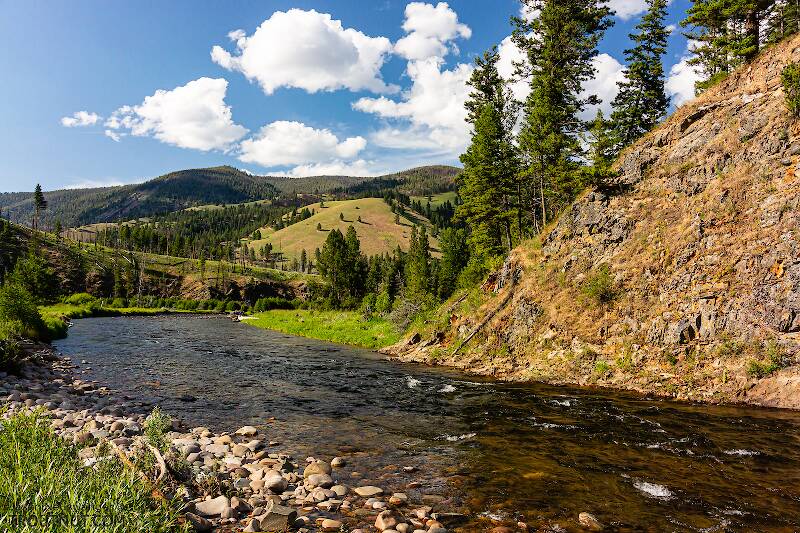
Blue-winged Olives
Baetis
Tiny Baetis mayflies are perhaps the most commonly encountered and imitated by anglers on all American trout streams due to their great abundance, widespread distribution, and trout-friendly emergence habits.


Mayfly Species Plauditus veteris
Where & when
In 2 records from GBIF, adults of this species have been collected during May (100%).
Species Range
Physical description
Most physical descriptions on Troutnut are direct or slightly edited quotes from the original scientific sources describing or updating the species, although there may be errors in copying them to this website. Such descriptions aren't always definitive, because species often turn out to be more variable than the original describers observed. In some cases, only a single specimen was described! However, they are useful starting points.
Male Spinner
Wing length: 6 mm
Abdominal tergites 2-6 of male imago yellowish, semi-hyaline; submedian minute reddish dots in the central portion of each.
Turbinate eyes large, circular, much larger than in P. dubium (now a synonym of Plauditus dubius). Thorax deep brown; pleural sutures and scutellum of the mesonota and metanota paler. Legs yellowish. Wings hyaline. Abdominal tergites 2-6 semi-hyaline, yellowish; submedian rows of minute reddish dots in the center of each, one on each side of the median line. Tergites 7-10 light chocolate brown; sternites paler. On the pale sternites 2-6, a mid-ventral row of brown spots, one on the posterior margin of each sternite. Genitalia as in fig. 168.
The presence of the reddish dorsal dots on the abdomen separates this species from P. punctiventris (now a synonym for Plauditus punctiventris); P. virile (now a synonym for Plauditus punctiventris), which likewise has red dorsal dots, possesses red median dots ventrally only on sternites 5 and 6, and is also a smaller species.
Start a Discussion of Plauditus veteris
References
- Needham, James G., Jay R. Traver, and Yin-Chi Hsu. 1935. The Biology of Mayflies. Comstock Publishing Company, Inc.
Mayfly Species Plauditus veteris
Species Range
Resources
- NatureServe
- Integrated Taxonomic Information System
- Global Biodiversity Information Facility
- Described by McDunnough (1924)

